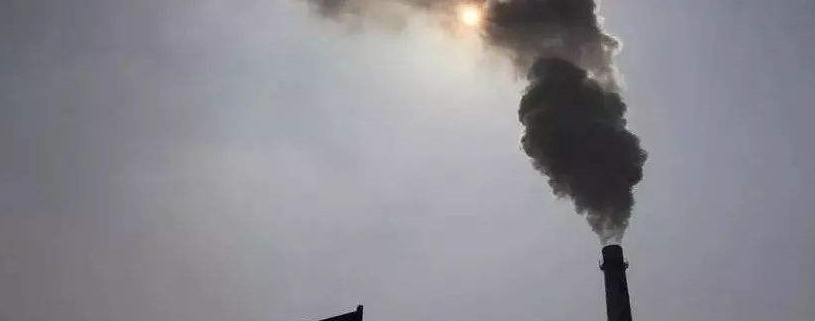For a long time, the income from power generation has been the main income of enterprises in the waste incineration field. Among them, the payers of power generation revenue are mainly the two power grid companies. Among the fees paid, part of the cost is paid by the power grid company with reference to the local benchmark power generation price. In addition, the state will generate 280 kWh per ton of garbage and implement local thermal power per kWh. Benchmark electricity price + 0.25 yuan/kWh subsidy renewable energy subsidy price, that is, the standard subsidy of 0.65 yuan per kilowatt-hour of electricity, through the power grid company, on behalf of the waste incineration enterprises; electricity exceeding 280 kWh is normally sold at the local benchmark electricity price. At the same time, the value-added tax of waste incineration power plants will be refunded immediately, and the income tax will be subject to a preferential policy of three exemptions and three halves. Starting from the tax year in which the project obtains the first production and operation income, the corporate income tax will be exempt from the first to the third year, and the corporate income tax will be reduced by half from the fourth to the sixth year.
The benefits of waste incineration are a very cost-effective thing for local governments. Therefore, since 2016, waste incineration projects have been rapidly launched in various places. According to incomplete statistics, there were only more than two hundred waste incineration plants nationwide in 2016. Today, four years later, there are 486 waste incineration enterprises nationwide. However, with the accompanying increase in public anxiety, and the increase in the amount of waste incineration on the atmospheric environment, the emission risks and growth potential of persistent organic pollutants, dioxins, have become increasingly prominent.
Our country’s thinking on waste treatment has been relatively clear from single incineration to comprehensive waste classification and full-stage classification treatment, reducing the amount of waste incineration treatment, and increasing non-incineration treatment and resource utilization methods. Because of this, it is possible to reduce the persistent organic matter emissions caused by waste incineration, such as dioxins and polycyclic aromatic hydrocarbons, to a greater extent. As a result, the relevant subsidy thinking has also undergone a huge adjustment. The weight ratio of harmlessness such as regulatory emission reduction has increased, and the weight ratio of resource utilization such as power generation has decreased, which has become the main direction of subsidies. In the new plan, three important subsidy policy orientations are reflected:
First, state subsidies will gradually withdraw, and local finances must fill the gap;
Second, the subsidies that waste incineration companies can receive for new projects in the future are no longer the previous quotas. They must compete with other peer companies in price competition and corporate operating technology strength, with strong operating capabilities and low electricity sales prices. Companies can receive electricity price subsidies, and this subsidy should be subject to different local policy conditions, and the amount of subsidy received by each company may be different;
Third, in the future, national and local financial subsidies will be more inclined to the front, middle and back ends of waste sorting, and more emphasis will be given to non-electric and other energy supply fields that are more market-oriented or require incineration companies to develop themselves.
To sum up, these adjustments will bring huge challenges to the profit model and operation model of waste incineration companies!



